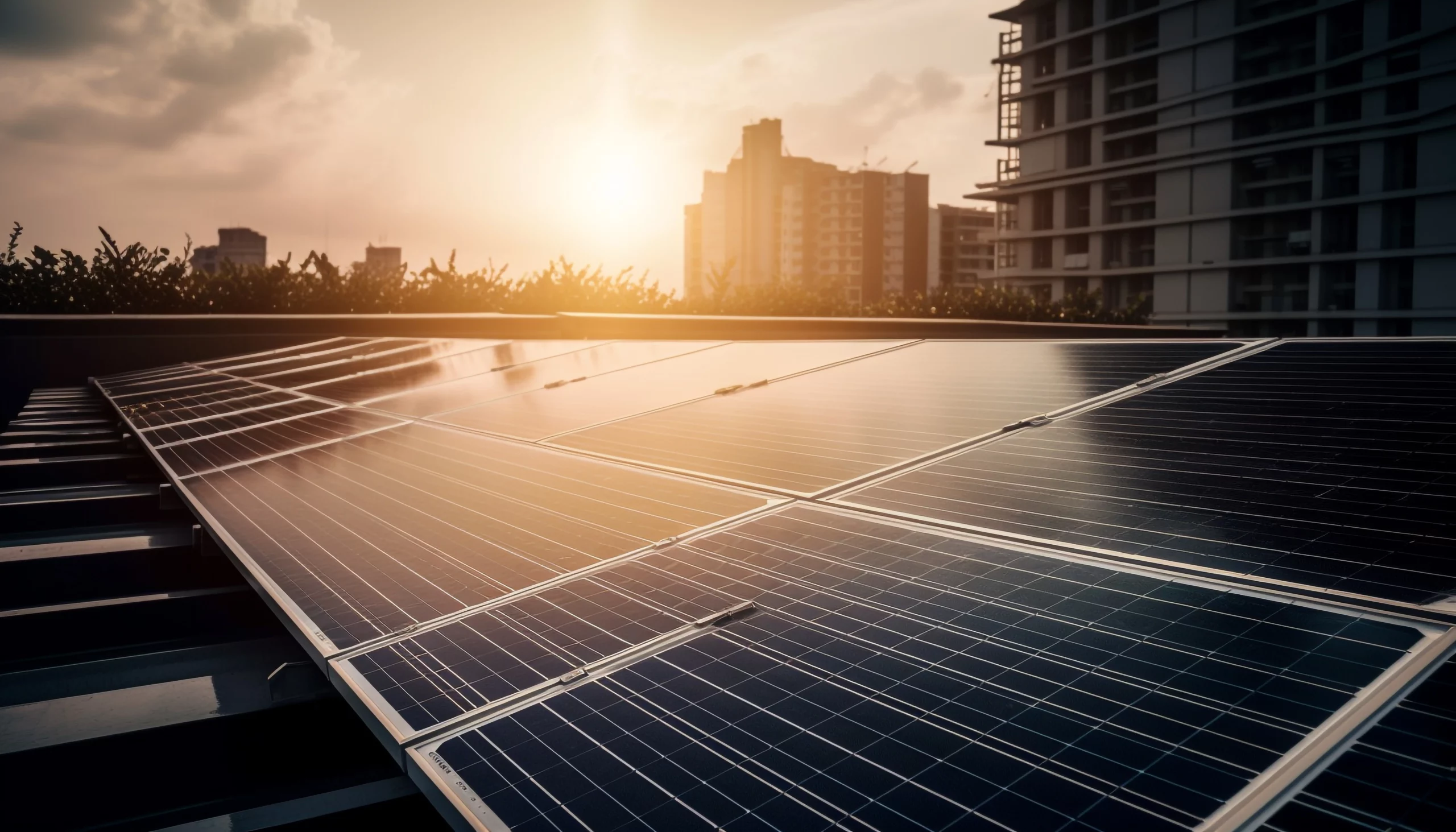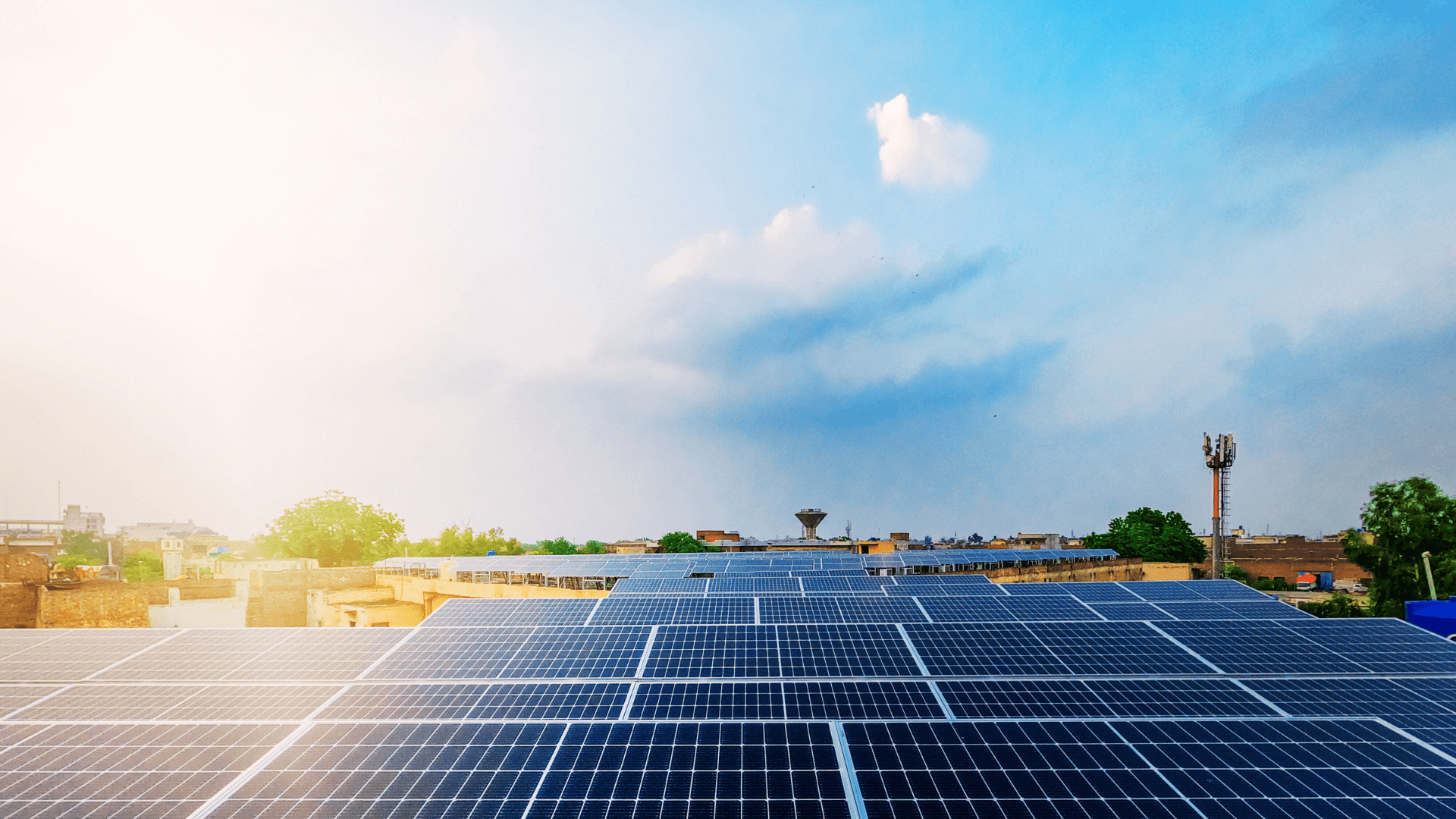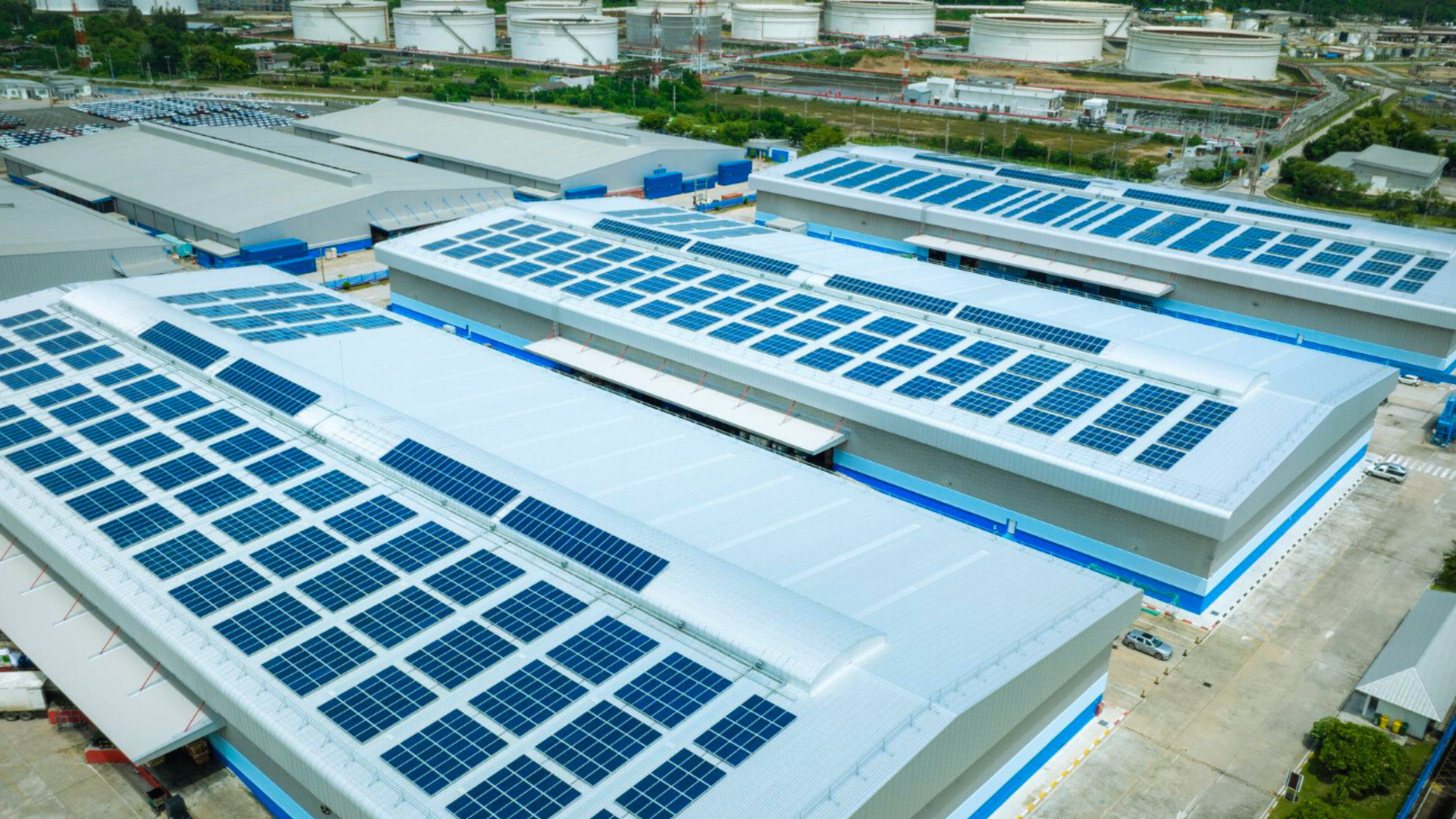As we reach midway into 2024, the rooftop solar industry in India shines as a pivotal force in the renewable energy landscape. With increasing adoption rates, understanding financing options like loans for rooftop solar is essential for both businesses and homeowners. This blog delves into the growth rate of rooftop solar installations in India, highlights the challenges, identifies opportunities, and explores the reasons behind the nation’s push towards solar energy solutions.
Understanding the Challenges
Despite the promising growth in rooftop solar installations, several factors pose challenges to the seamless adoption of this renewable energy source. Understanding these challenges is essential to finding effective solutions and ensuring the continued expansion of solar energy across the country.
Technical Challenges: Urban installation complexities due to limited space.
Financial Barriers: The high initial costs of rooftop solar systems necessitate appealing financing solutions, such as solar rooftop system loans.
Overcoming these challenges is crucial to accelerate the adoption of rooftop solar technologies.
Identifying Opportunities
Addressing the challenges is only part of the equation. The rooftop solar sector in India also presents numerous opportunities for growth and innovation. By overcoming the hurdles, stakeholders can tap into the vast potential this industry holds. Identifying these opportunities is crucial for driving the adoption of solar energy and achieving sustainable energy goals.
Cost Efficiency: Long-term electricity bill savings make rooftop solar economically attractive.
Government Incentives: Available subsidies and incentives help reduce initial costs, supported by versatile financing options like loans for solar rooftops.
Technological Advancements: Continuous improvements in solar technology enhance system efficiency and integration.
These opportunities foster a robust environment for businesses and investors to explore solar rooftop loans and financing services.
Looking Ahead
The future for rooftop solar in India is brilliant, with significant growth expected. Industry analysis, such as a joint report by the Institute for Energy Economics and Financial Analysis and JMK Research & Analytics, predicts a compound annual growth rate (CAGR) of 15.19% from 2024 to 2030, potentially valuing the market at USD 6.17 billion by 2030.
In early 2024, India generated 32 billion units of solar power, an 8.8% increase from the previous year. Forecasts suggest there will be an increase of up to 4 gigawatts (GW) of rooftop solar capacity in fiscal 2024 alone.
From a broader perspective, India’s total solar power capacity has expanded significantly—from 2,821.9 Megawatts (MW) in March 2014 to 82,637.8 MW by April 2024, making up 18.5% of the total installed capacity and contributing 6.7% of national energy production. This underscores the critical role of solar energy in India’s energy strategy.
Why is India Promoting Rooftop Solar Systems?
It is important to understand the motivations behind India’s strong push for rooftop solar systems. Several key factors fuel the government’s support for this renewable energy source. Exploring these reasons helps us highlight the broader context and strategic importance of promoting rooftop solar across the nation.
Environmental Impact: Major reductions in carbon emissions contribute to combating climate change.
Energy Independence: Decreasing reliance on imported fossil fuels boosts national energy security.
Economic Advantages: Growth in this sector fosters job creation and economic progress.
Supportive financial mechanisms, including loans for solar rooftops for homes, are pivotal in making sustainable energy accessible.
Conclusion
In 2024, the growth of rooftop solar in India marks a substantial shift towards sustainable energy solutions. The recent growth trends in the Indian solar market, emphasised in the 2024 Budget, highlight the significant potential of solar energy.
Comprehensive financing options, such as rooftop solar loans, enable businesses and individuals to overcome the barriers to adopting solar technologies. Supported by initiatives from the Ministry of New and Renewable Energy, these renewable energy projects are poised to drive economic growth and energy independence further.
As the promotion of solar energy continues, its benefits not only enhance environmental sustainability but also contribute substantially to India’s economic vitality.
FAQs:
What is the solar capacity of India in 2024?
As of 2024, India’s total installed solar power capacity has reached 82,637.8 Megawatts (MW). This significant growth in solar capacity reflects India’s ongoing commitment to expanding renewable energy sources across the country.
What is the growth rate of solar energy in India?
The growth rate of the rooftop solar market in India is projected to be a compound annual growth rate (CAGR) of 40% from 2024 to 2032.
How are Solar Modules Shaping the Clean Energy Landscape in India’s Solar Rooftop Market?
Solar modules are pivotal in advancing the clean energy sector within both residential and industrial spheres of the Indian solar rooftop market. These modules convert sunlight directly into electricity, providing a sustainable and eco-friendly power source. In residential areas, solar modules help homeowners significantly reduce their energy bills and carbon footprint. Meanwhile, in the industrial sector, they enable businesses to achieve greater energy independence and support environmental sustainability. This dual applicability enhances the overall growth of clean energy initiatives across India, demonstrating the critical role of solar modules in the nation’s energy strategy.
How Do Solar Panels Contribute to the Growth in the Rooftop Solar Projects and Renewable Energy Capacity?
Solar panels are fundamental in driving the growth of rooftop solar projects, significantly enhancing India’s renewable energy capacity. By converting sunlight into free electricity, these panels offer an efficient, cost-effective solution for both residential and commercial properties.
This advancement not only supports the sustainability goals by increasing the share of renewable sources in the energy mix but also empowers consumers by reducing their energy expenses. As more homes and businesses adopt rooftop solar solutions, we see a marked acceleration in the growth of renewable energy capacity across the nation.




